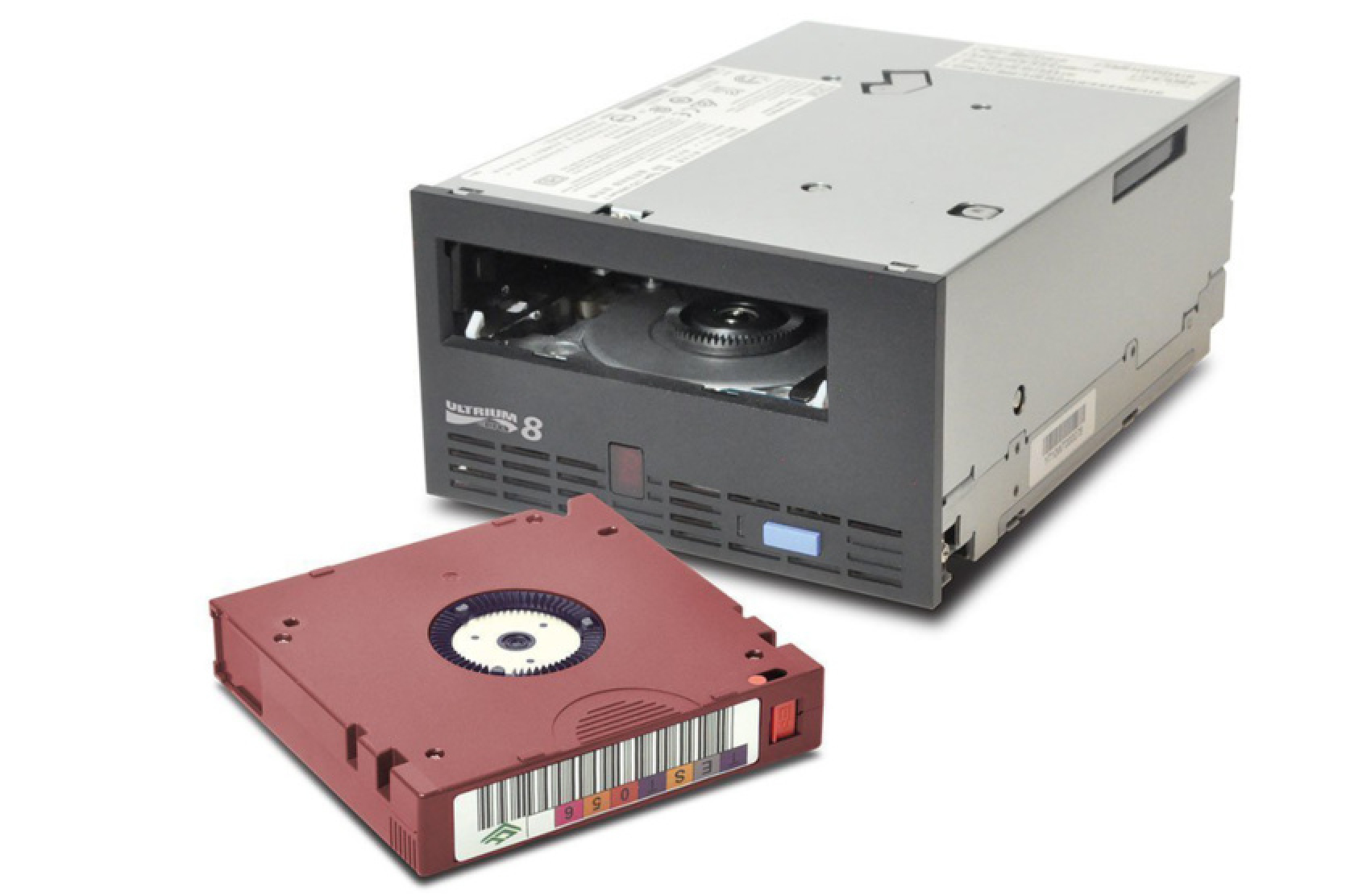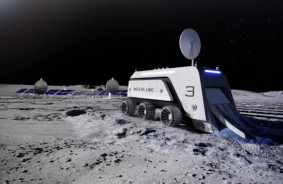It is considered that magnetic tape is outdated as a digital data storage medium. However, people and organizations that use it, obviously, have not read about it. Tape manufacturers according to the Linear Tape-Open standard supplied 152.9 exabytes of magnetic tape for information storage in 2023. This is 3.14% more than in 2022.
Companies HPE, IBM, and Quantum provided details in the annual report on LTO shipments. Partially, the growth in 2023 is explained by "rapid data creation and increased demands for enterprise infrastructure scalability." Almost without a doubt, the growth in data volume and magnetic tape sales is related to the artificial intelligence boom.
The latest technologies over the past 30 years have not been able to completely replace magnetic tape. There are several reasons for this. Tape has a huge capacity, and it can be easily switched to autonomous mode. Despite common household experience, it can be very durable and remain usable for decades.
For archiving and backup purposes, tape can often be cheaper than any disks. Tape storage can operate in "cold" mode, and therefore are protected from malware. Research has also shown that tape drives pollute the environment less than hard drives and SSDs.
The main drawback is that tape is best suited for data that does not need to be accessed very often. Access to storage cannot be called fast, and frequent requests accelerate wear and tear.
Nevertheless, the relative use of magnetic tape is relatively small. In the third quarter of 2024 alone, Seagate delivered 99 exabytes of hard drives, and this is just one of many manufacturers.
Source: Tom`s Hardware














Comments (0)
There are no comments for now